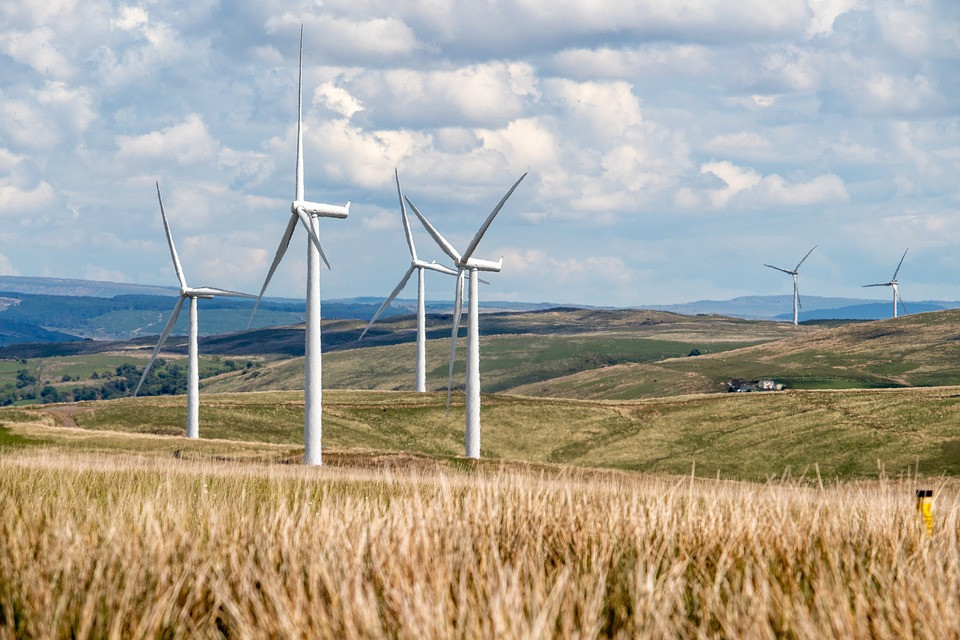How do companies' activities impact landscapes?

Industrial activities like agriculture, ranching, mining and construction alter landscapes. At Impaakt, we capture the related impacts through the topic of Landscape Alteration.
👉Note: Impact topics are a set of social and environmental impacts identified by the Impaakt Team to provide an additional layer of complex insight into measuring current impact. They range from general themes like Greenhouse Gas emissions and Job Creation to industry-specific topics such as Gentrification and Water Pollution. Check our Frameworks section for more information.
The main impacts related to Landscape alteration are landscape fragmentation; habitat degradation and biodiversity loss, all of which ultimately degrade ecosystem services.
Landscape fragmentation 🌲
Landscape fragmentation is the breaking up of a landscape into smaller patches. It can be caused by natural events (e.g. earthquakes, fires, floods, etc.) or by human activities like agriculture, urbanization, roads, and building infrastructures (dams, pipelines, power plants, etc.).
It disturbs or totally blocks the exchange of species, energy, material, and genes across a landscape leading to habitat degradation, biodiversity loss, and ecosystem services degradation.
Landscape fragmentation can reduce biodiversity by up to 75%, reduces biomass availability, and alters nutrient cycles.
Habitat degradation 🐒
Habitat degradation happens when a natural area is changed to a point where it can no longer provide the attributes that native species need to survive, like microclimate, food, soil conditions, luminosity, water, etc. These changes lead to habitats that are less suitable or even totally unsuitable for native species.
There are many human activities that can lead to habitat degradation, for example, modifications in the vegetation cover, changes in land use, crops, deforestation, pollution of water bodies, erosion, etc.
Biodiversity loss 🛤
The main drivers for biodiversity loss are human activities that change natural habits, such as agriculture, urbanization, resource exploitation, etc. Among these, land use changes, related to large-scale crops for food production, are one of the most impactful drivers, accounting for about 30% of the global biodiversity loss. Further, about 50% of the endangered species are threatened by large-scale agriculture.
A biodiversity hotspot is an area that, at the same time, has high biodiversity and is extremely threatened. Currently, there are 36 areas recognized as biodiversity hotspots, and, 22 of them present a severe biodiversity loss.
Ecosystem services degradation 🌾
An ecosystem is considered degraded by human activities when its structure and functions are changed impairing its capacity to provide services like climate regulation, pollination, erosion control, energy, fresh water, food, etc.


